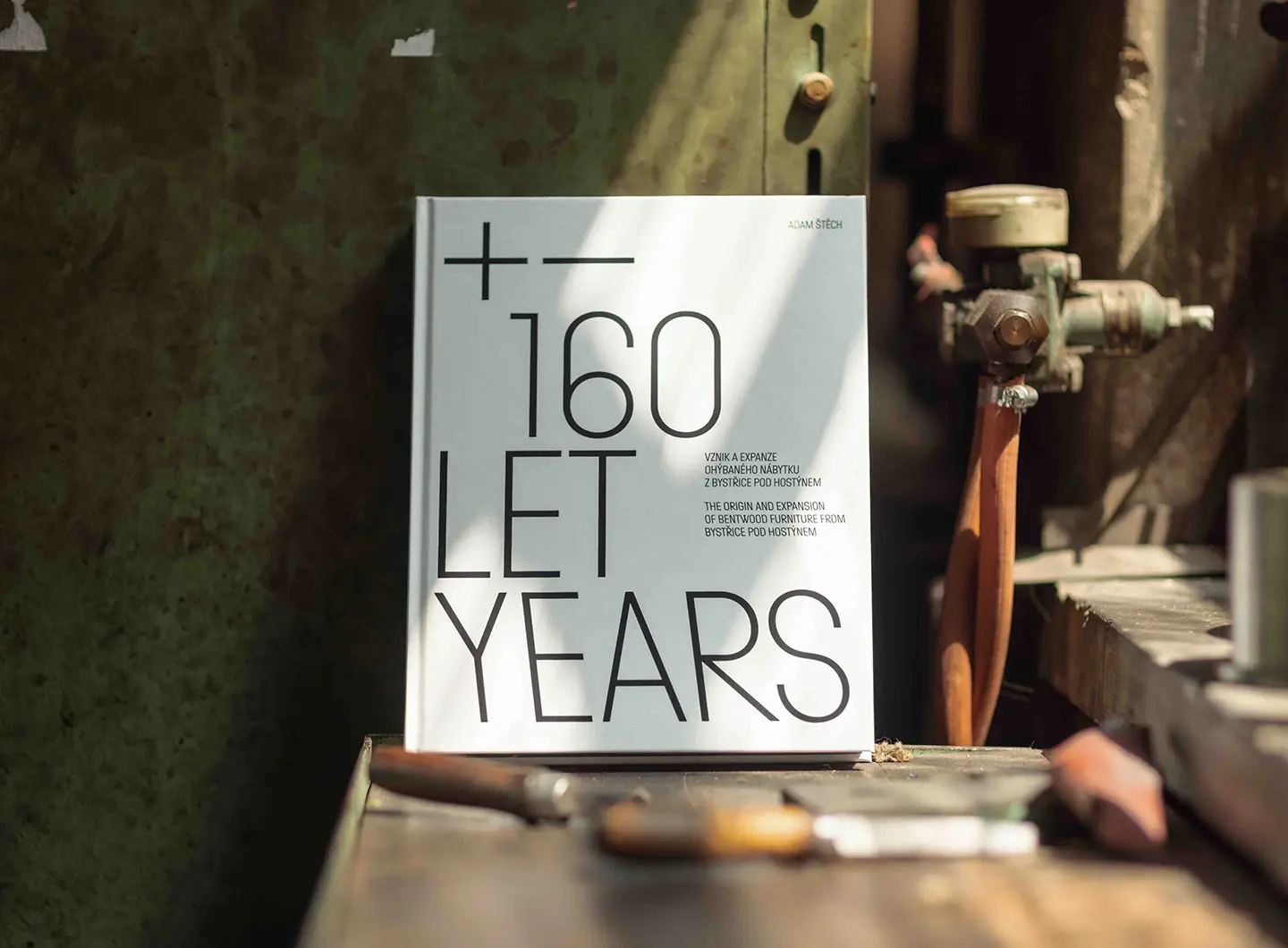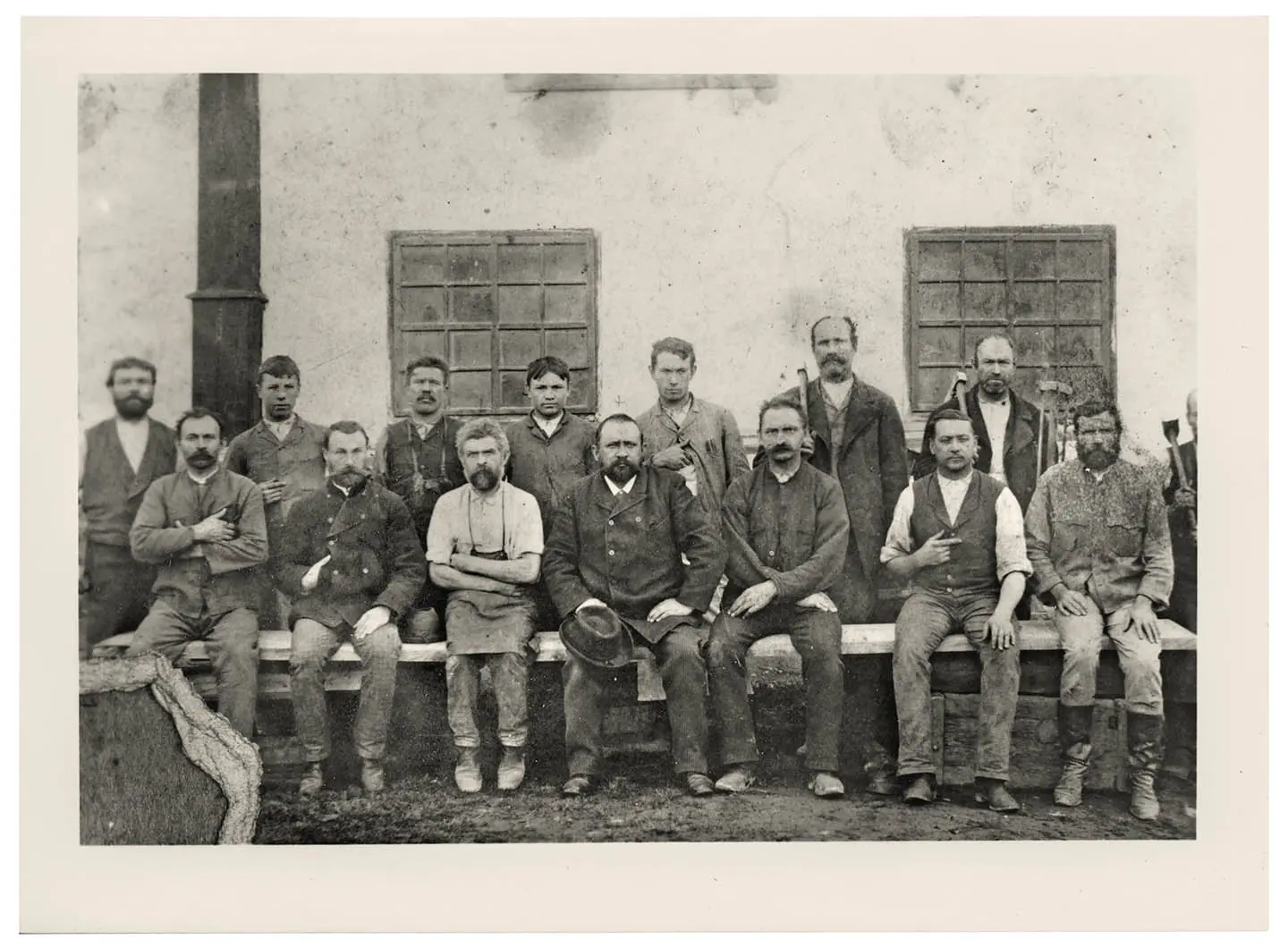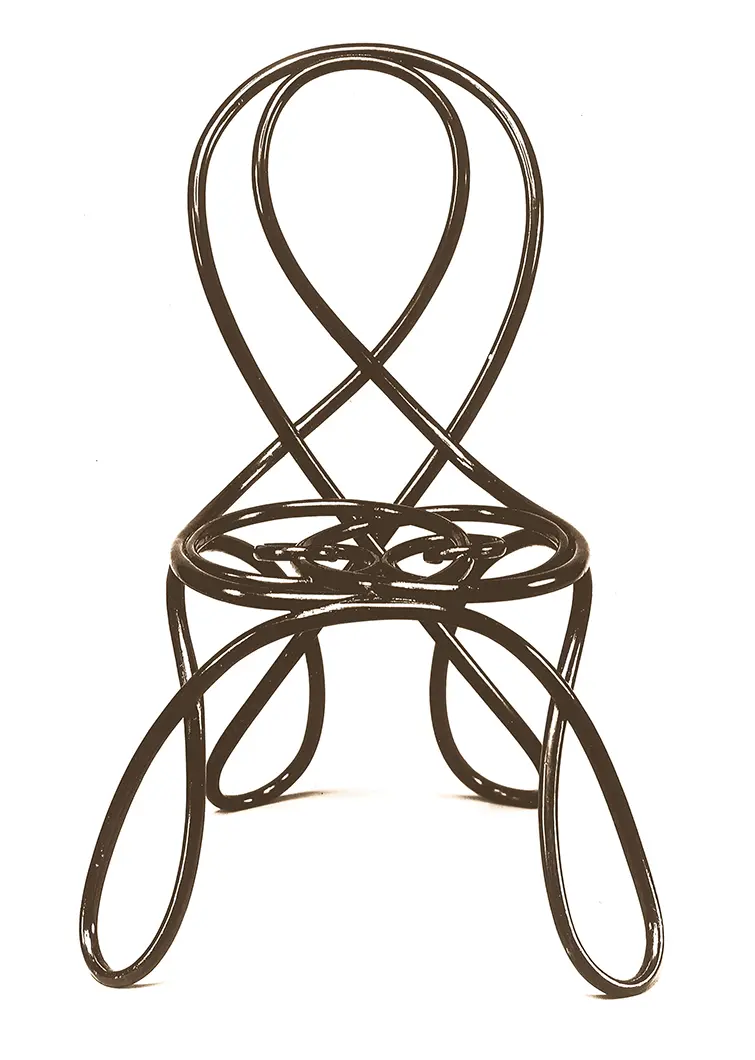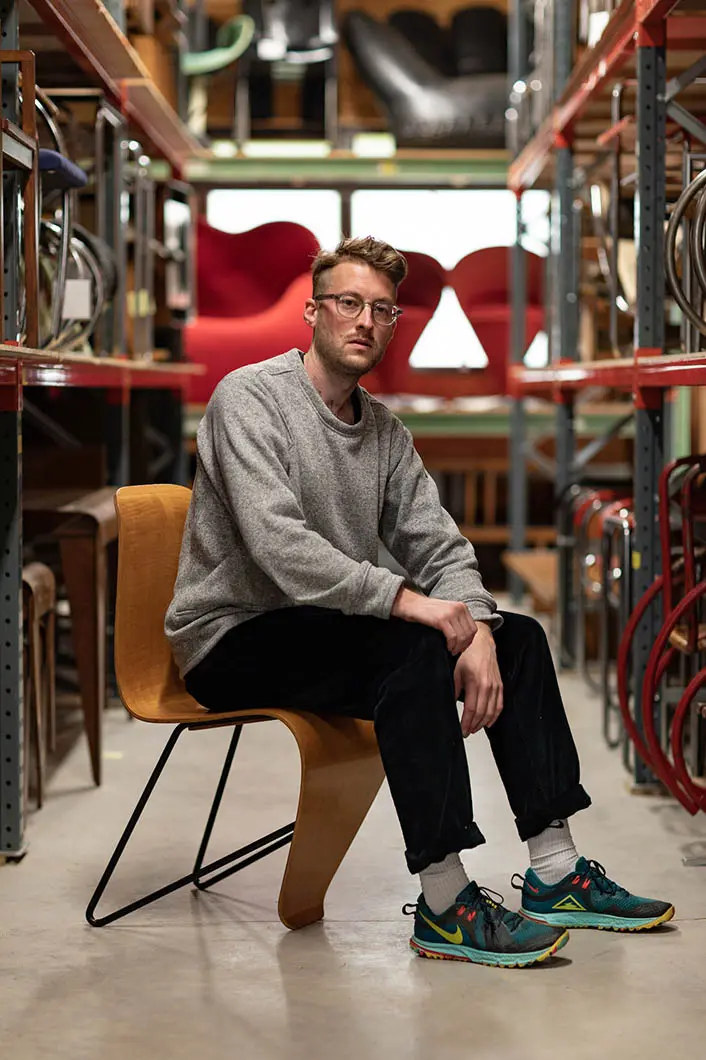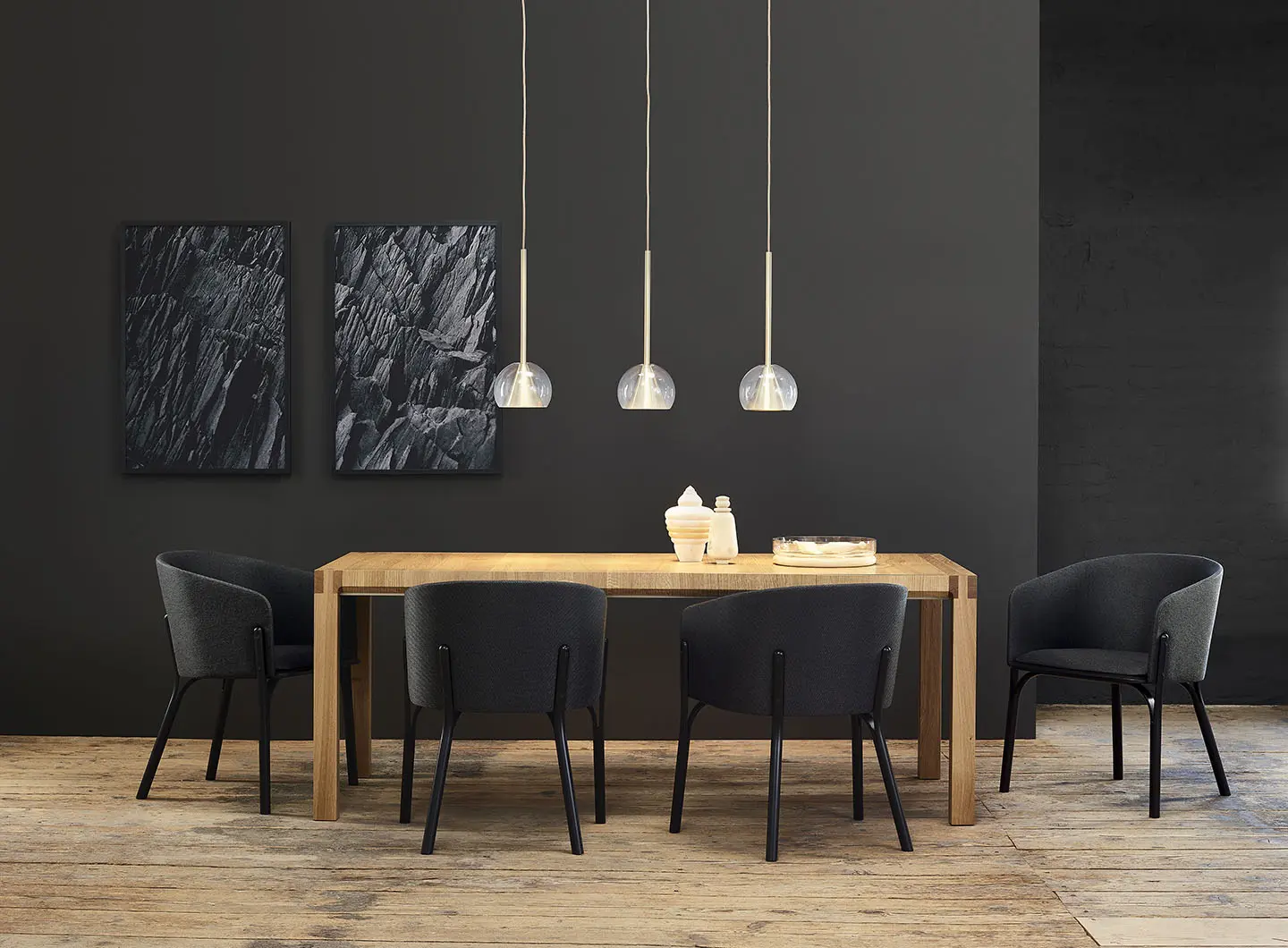From BIG to David Chipperfield, Frank Gehry to Snøhetta: a world tour of the best buildings set to open in 2026
Like a family album: 160 years of TON and bentwood furniture
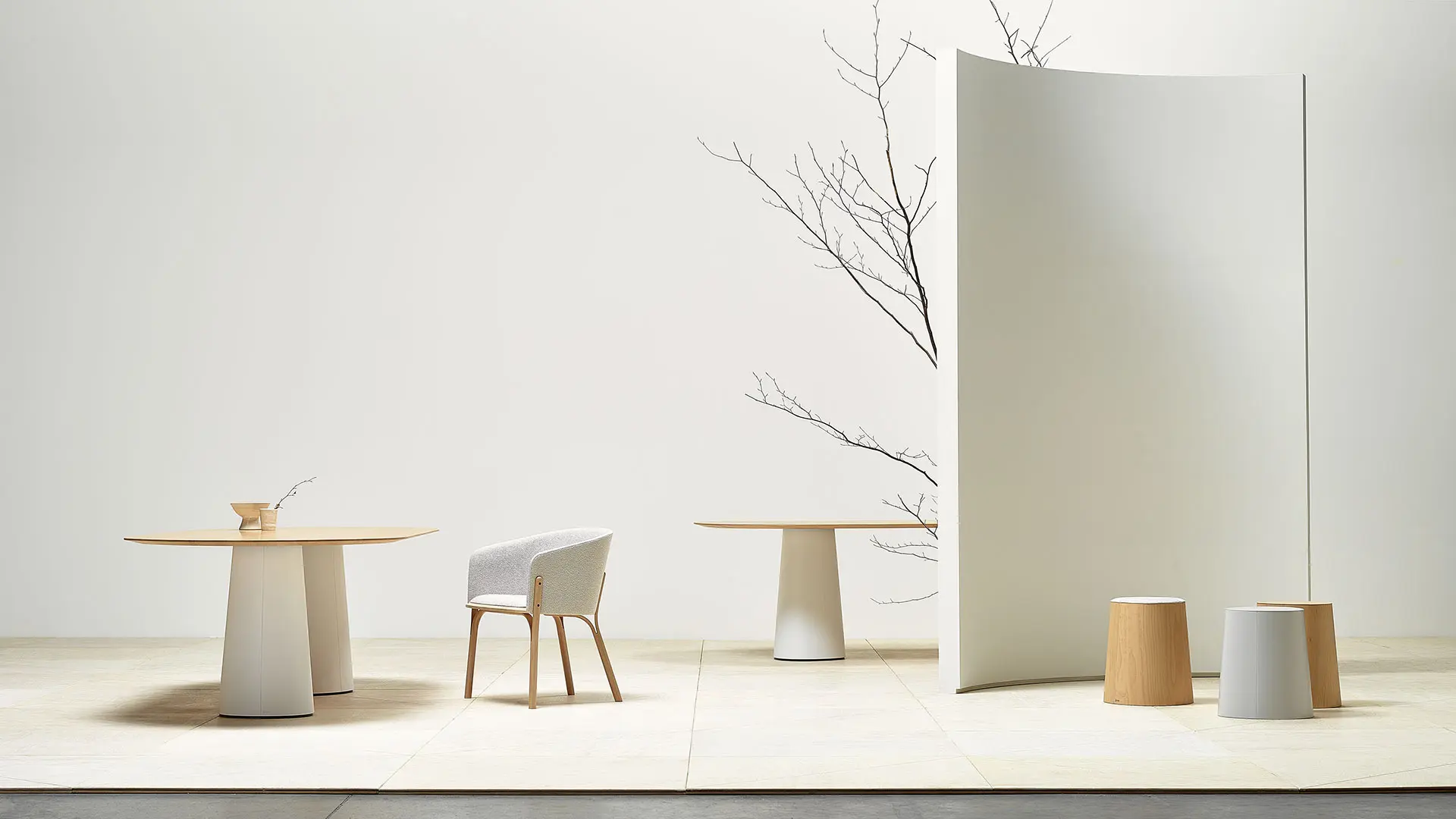
Courtesy Thonet
In a book that is as atypical as it is enjoyable, the theorist and design curator Adam Štěch tells the story of TON, the Czech company that has been making its mark on the sector for six generations.
Beechwood has been worked uninterruptedly in Bystřice pod Hostýnem since 1861, to the extent that the village in Moravia, in the east of the Czech Republic, has become synonymous with bentwood. It was here that Michael Thonet and his five sons set up what is still, 60 years on, a leading family firm producing bentwood furniture, which remains one of its kind. The lengthy, robust account was entrusted by TON to Adam Štěch, a Czech journalist and authority on 20th century design and architecture, enabling him to explore the roots of his country and its culture. It is also where, in these real and imaginary landscapes, he got to grips with the foundations and the soul of TON.
+ - 160 Let Years isn’t simply limited to these sixteen decades, it also explores what came both before and after. It starts in 1796 with Boppard: the year and birthplace, near Koblenz, of Michael Thonet, the forefather of this family of entrepreneurs, now in its sixth generation. After being apprenticed to a carpenter and being attracted by the opportunities offered by working with wood, Thonet was above all determined and with a precise objective in mind: creating curved elements not by joining pieces together but by altering a longitudinal fibre which, secured in the desired position and then dried, itself becomes the final piece. The Bobbard, dating from 1836, is a first timid example of his abundant future catalogue.
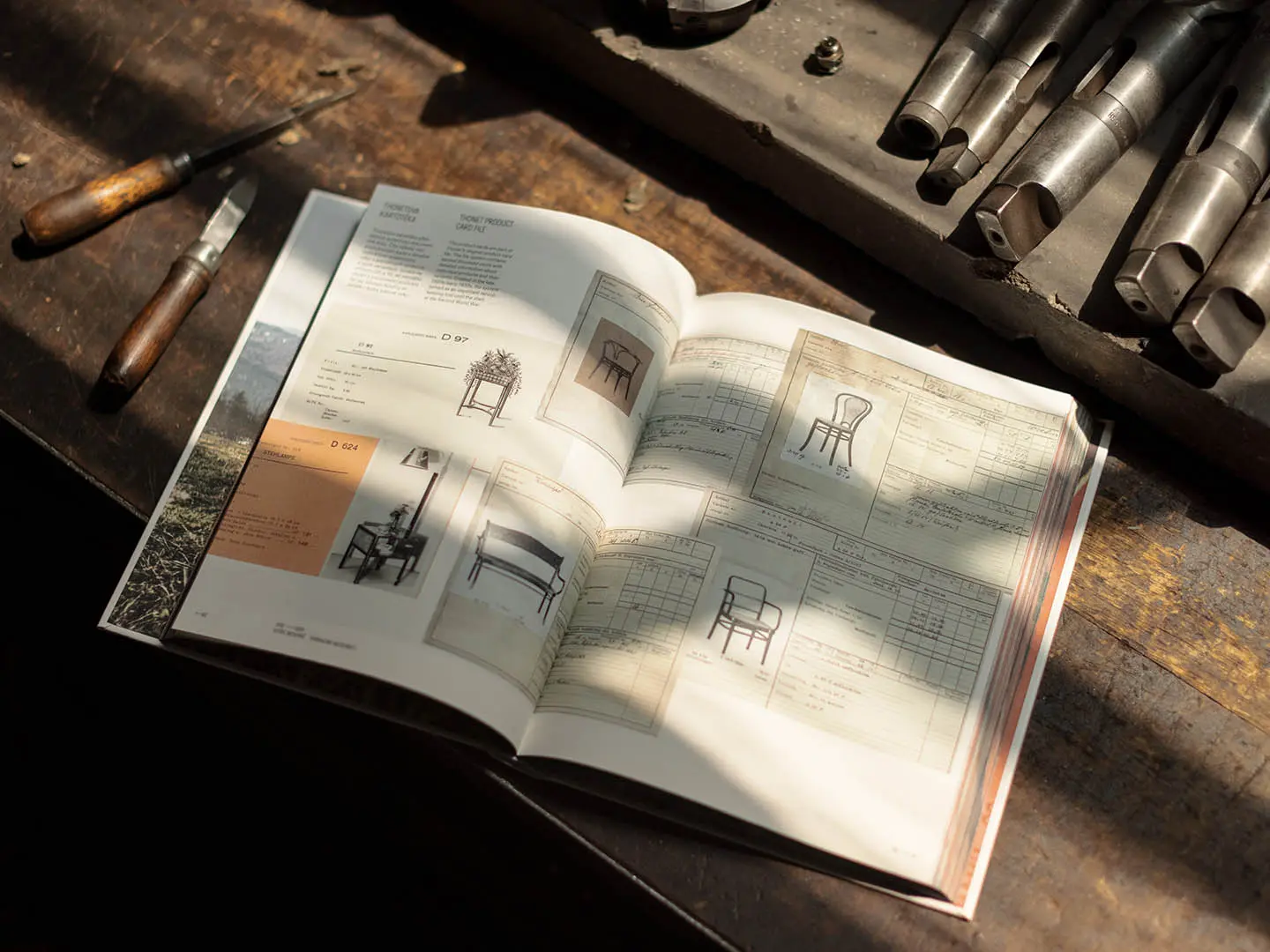
+- 160 Let Years Ton, Book
Thonet’s skills as a cabinetmaker came to the attention of the Austrian Chancellor Klemens von Metternich, in 1841, who encouraged him to move to the dynamic city of Vienna. It was here in 1853, that Thonet handed over the company to his five sons, renaming it Gebrüder Thonet. Three years later, he opened his first factory in what is now the Czech Republic, at Korićani, in southern Moravia, followed in 1861 by that in Bystřice pod Hostýnem, which remains the company headquarters. Both areas have plentiful forests of beech, the wood he loved and which he used to produce his first prototypes. These areas are also in favourable logistical positions, thanks to the proximity of the railway and large pools of hardworking, capable people. Thonet wasn’t just a singularly talented businessman, he also had a pioneering vision as regards the presentation and promotion of products, winning many awards at a number of international fairs, such as Sydney (1879), Brussels (1880) and London (1884). His most iconic early work, which remains one of his cult pieces, was the No. 14 chair, produced by Danhauser in 1820 and subsequently on an industrial scale by Thonet in 1859. It used just 6 pieces of bentwood, 8 screws and 2 nuts, compared with 8 pieces and 20 screws these days. Worldwide sales accounted for 10 million pieces by 1914.
Thonet patented his innovative technique for bending solid wood in 1856, under exclusive licence. He decided to liberalise the patent early, in 1869, causing a multitude of specialist factories to spring up, and by the end of the century, there were almost 100 in the Austro-Hungarian Empire alone, including his competitor Jacob & Josef Kohn which, unlike Thonet’s understated ethos, worked with renowned architects such as Joseph Hoffman, Otto Wagner and Adolf Loos.

Thonetolog Alexander Von Vegesack
In 1924, following the great post-War economic recession and the merger of a number of competitor companies into Mundus-Kohn, Gebrüder Thonet also joined forces with the group, which became Thonet-Mundus, the biggest furniture company in the world. Various events led to a number of changes of ownership and names, including the current one – an acronym of Továrny na ohýbaný nábytek, which means ‘bentwood company’ in Czech – which was adopted in 1953. What has never changed and shines clearly out of the 160 pages is the atmosphere of the company, created by its workers and their singular approach to and love of craftsmanship. One interesting thing – around 20 hands work on a single piece, from start to despatch.
The book, which starts in 1796 and runs in chronological order right up to the future, features a number of interviews that break up not just the story of the company but also the elegant, concise black and white artwork with coloured pages. It begins with stories from one of the leading collectors of and expert on Thonet furniture Jiří Uhlíř, and then moves on to the founder of the Vitra Design Museum, Alexander von Vegesack, also a collector of modern design and the foremost expert in bentwood furniture; Petr Josinek, who undertook a number of roles at the company, including that of CEO, and the designer Arik Levy, an international name on the creative team. The interviewees also include some of the workers, the human capital to which the company has always attributed particular value and recognition, evidenced by their working conditions onwards.
The book is a large family album exciting curiosity and containing several surprises – from the portraits of the groups of workers to the unexpected photo taken on the top of Mont Blanc, where two mountaineering employees on an expedition sponsored by the company in the mid-90s raised an iconic No. 14 chair in lieu of a flag. The pieces produced over the last 160 years are symbols of modern living, their elegance achieved by simplicity and lightness. Timeless. Because they look to the future.
Title: + - 160 Let Years. The Origin and Expansion of Bentwood Furniture from Bystřice pod Hostýnem
Author: Adam Štěch
Published by: TON
Published in: 2021
Pages: 164
Language: Czech and English


 Stories
Stories
